2008 Land Rover LR2

| The Good: – Pretty decent looks – Pretty decent on the road – Pretty decent off the road |
The Bad: – Needs better engine – Average rear legroom – No low-range gearing |
The original Freelander was Land Rover’s first ever vehicle based on a car-like platform. Even then, it managed to carve a niche for itself in the off-roading scene, mainly involving jungle treks rather than desert safaris. But while it was hugely popular, it was built to cheap standards and reflected poorly on the British company. The new-for-2008 LR2 was designed to change those perceptions.
Redone from the ground up, the compact LR2 actually looks a lot like the old Freelander, but it now boasts nicer detailing to make it appear more upscale. Our tester even came with large 19-inch alloy wheels and a fancy-pants body kit that looked great, if not ideal for off-roading. And it looks even better on the inside.

The cabin is easily accessed thanks to a low step-on height, and the setup inside looks like a downscaled version of the Range Rover, which is never a bad thing. Awesome million-dollar touches include leathery door-sill materials, individual armrests for the front seats, dual glass roofs, and integrated touchscreen navigation. The black-plastic parts of the dashboard are of reasonably high quality, looking sharp alongside the all-tan interior. The leather upholstery is tightly stitched, and there are smatterings of chrome and wood trim here and there. All the usual power accessories are there, such as power windows, mirrors and front seats. The CD stereo sounds great, and there are even two stereo jacks with some individual controls for rear-seat passengers, as well as an integrated Bluetooth phone feature. Front, side and curtain airbags are all standard.
However, many issues crop up during everyday use which most Land Rover fanboys will describe as “adding character” rather than being “totally annoying.” The stereo is complicated to fidget with on the move, because there are too many buttons. We never did fully figure out the touchscreen navigation system. The ill-conceived keyless system utilises an electronic key-fob that has to be inserted into a hole in the dash, and then a starter button has to be pressed, needlessly adding two steps to a one-step process. It also took us ages to find the hole for the key when we first sat in the car. For the twin glass roofs, there are only thin perforated sun-shades and tint to shield passengers from direct sunlight. Even the digital a/c suffers as a result, offering only average performance in the afternoon sun, while rear passengers sweat a bit more as they don’t get their own vents. Also, considering our tester had an almost-completely beige interior, including the floor mats, it’ll probably be a pain to keep clean.
The beige does add an air of luxury and spaciousness to the cabin. The LR2 offers great all-round space up front, but rear passengers enjoy only average accommodations in terms of legroom, offering less foot area than a Toyota RAV-4, with a floor-tunnel reducing space further for the centre passenger. There are three-and-a-half exposed cup-holders up front and two in the rear. The excessive cup-holders mean there aren’t many useful storage cubbies inside the cabin, besides small door pockets and the glove-box. The rear luggage area is of a reasonable size, as expected from a compact SUV, and can be extended by folding down the split rear seats.

Powered by a 3.2-litre inline-6, its figures aren’t too impressive, churning out 230 hp at 6300 rpm and 317 Nm of torque at 3200 rpm, but it moves the LR2 well in city traffic. But try drag-racing with a stupid Civic, and it will fall behind easily. We only managed a 0-to-100 kph time of 11.3 seconds in our summer test. Real-life fuel economy isn’t remarkable either, at 15.8 litres per 100 km. The 6-speed automatic gearbox is smooth but occasionally lazy in selecting gears. However, the manual mode allows for better control of the power, even if there is a slight delay in responding to inputs.
The LR2 does drive really well though, feeling a lot like a jacked-up midsize car. The independent suspension is comfortable on highways, and it handles corners just like a car. There is a fair amount of body roll on the sharpest corners, but grip from the 235/55 tyres is excellent for an SUV, and there isn’t the slightest feeling of top-heaviness. With all-wheel-drive traction, the standard stability control never needs to kick in, and the ABS-assisted disc brakes are pretty decent. The steering is numb but firm enough, and parking is easy with the help of rear sensors. Cruising on the open road, the cabin is quiet up to 100 kph, after which wind and road noises are moderately noticeable. It also doesn’t help that the gruff engine is audible to some degree at all speeds.
For what it is, the LR2 does remarkably well on sand. Even with the stick-on body kit, the ground clearance is reasonable. We only tried it on flatter areas since we didn’t want to damage that expensive-looking kit, but the LR2 never bogged down like most soft-roaders do. Credit probably goes to the “terrain response” knob in front of the gear shifter that, while not as sophisticated as that in the LR3, still offers a “sand” mode. Don’t expect it to tackle as much crap as the larger LR3 though, as there is no low-range gearing to get the car unstuck if it sinks, while the pricey-to-replace kit and oversized 19-inch rims will prove to be a hindrance.
The LR2 is a classy and affordable addition to the Land Rover line-up. It drives like a car on the road, and manages just enough off the road to be entertaining. It could use a better engine and a friendlier cabin, but is a fairly decent buy as is. While we still got honked at by vans and taxis for not appearing upscale enough, from the inside it feels a lot like a mini Range Rover, which is never a bad thing.
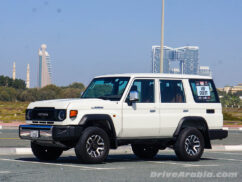
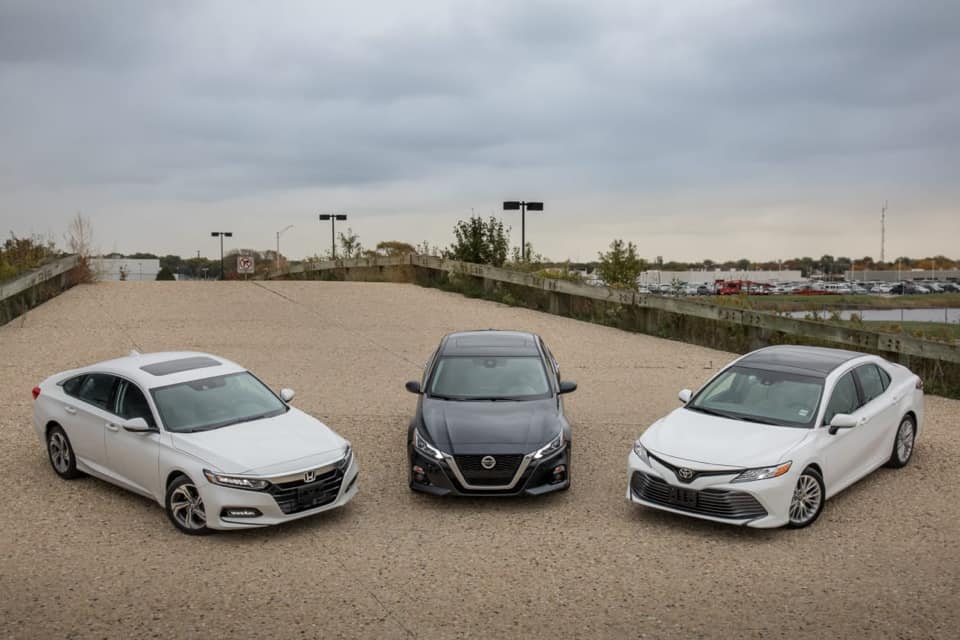
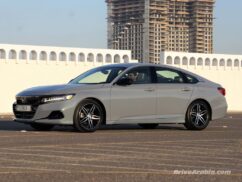
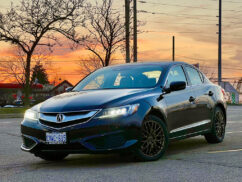
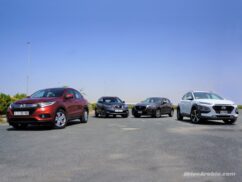
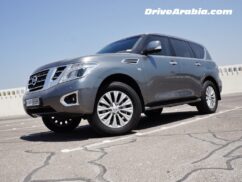
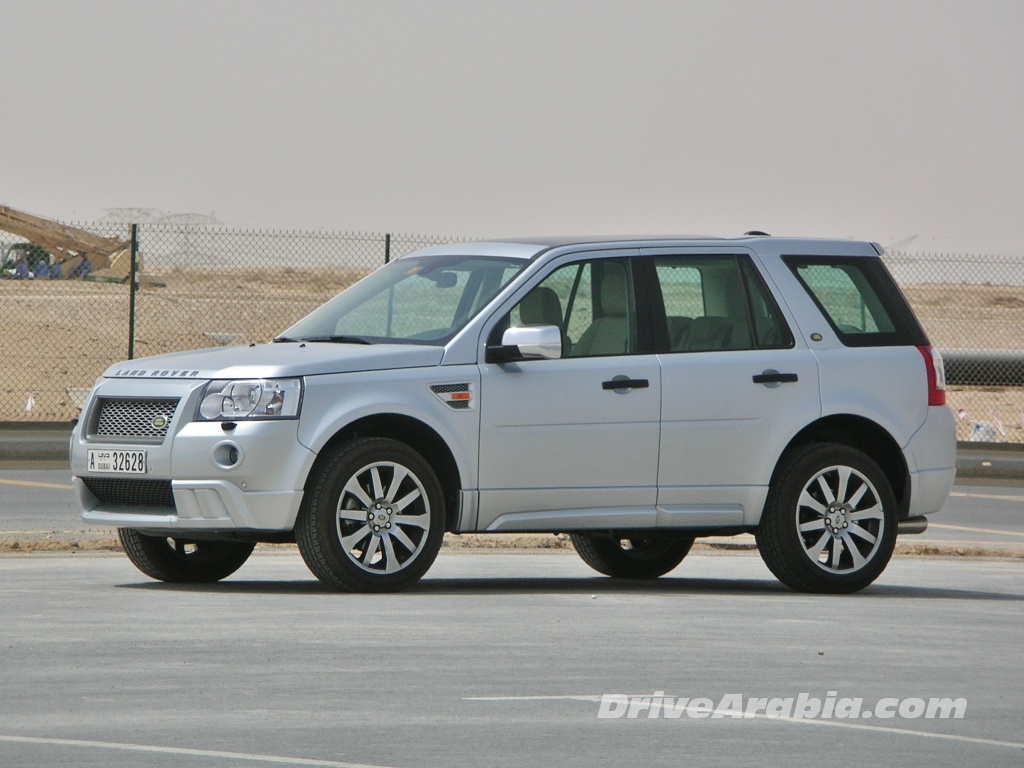
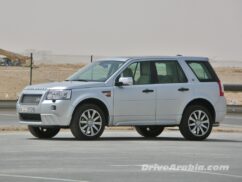
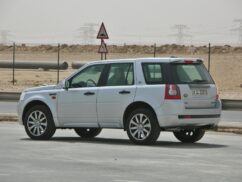

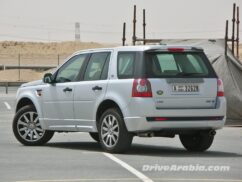
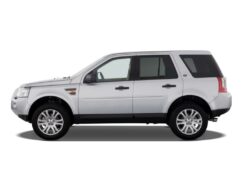
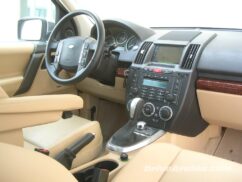
There are no comments. Be the first!